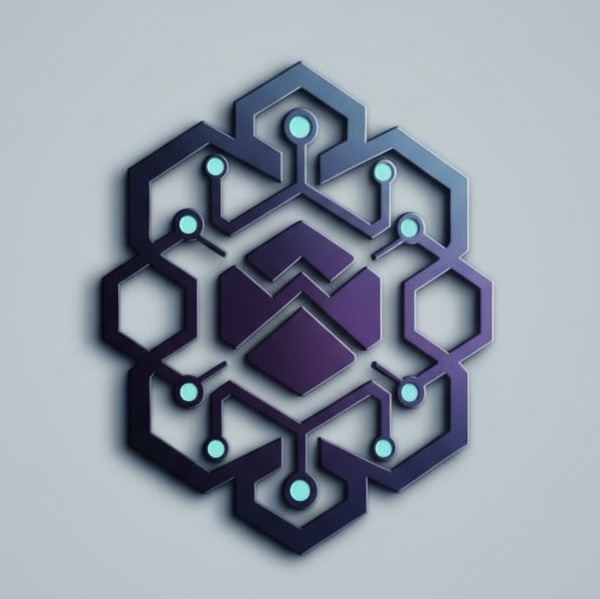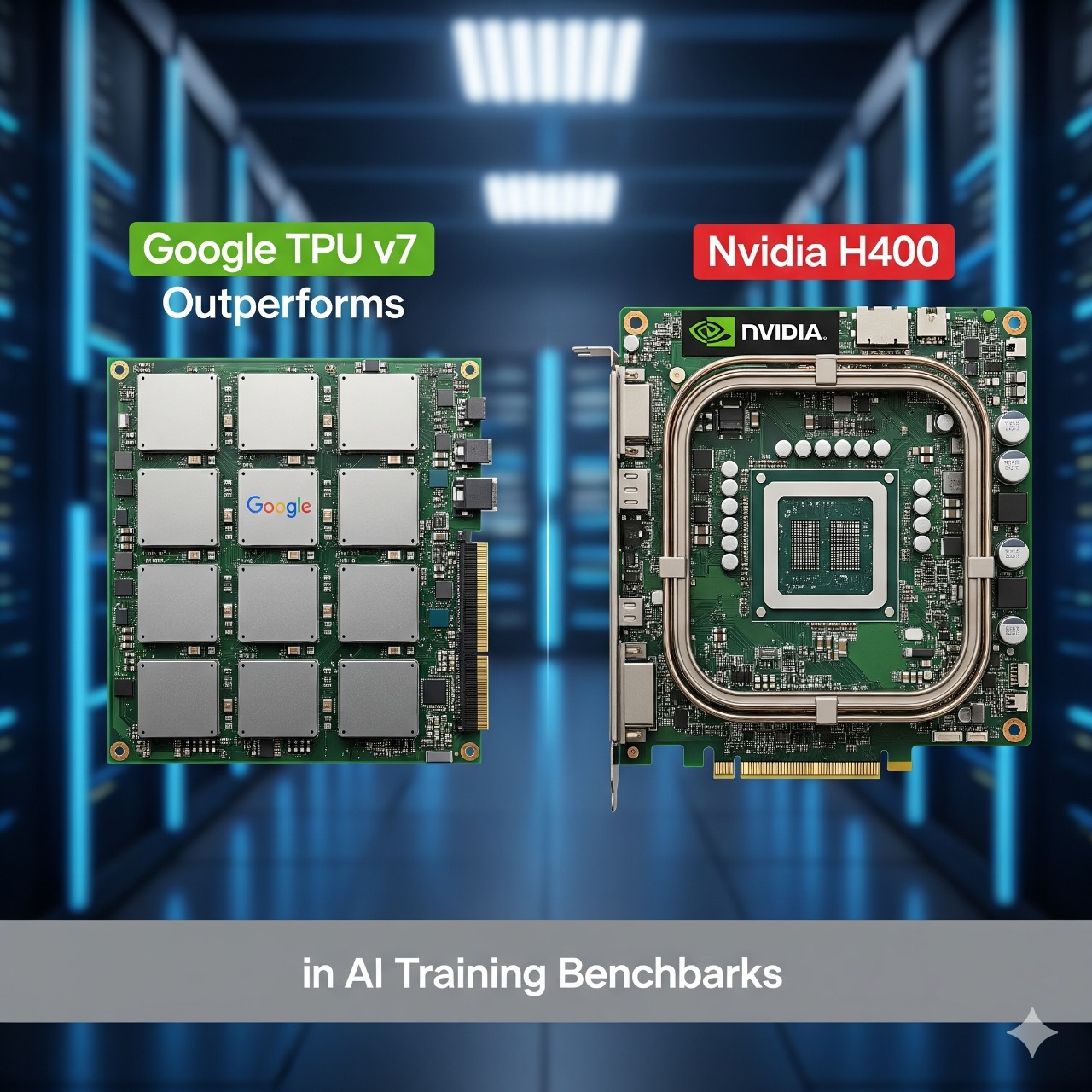Introduction to AI Hardware Advancements
The competitive landscape of AI hardware has seen a significant shift with Google's Tensor Processing Unit version 7 (TPU v7) outperforming Nvidia's H400 GPU in recent AI training benchmarks. This development underscores the increasing importance of specialized AI accelerators in driving automation and delivering business value through faster, more efficient AI model training.
Performance Comparison: TPU v7 vs. Nvidia H400
Google's TPU v7 achieved superior results over Nvidia’s H400 during internal AI model training tests, highlighting innovations in custom silicon designed specifically for machine learning workloads. Unlike general-purpose GPUs, TPUs are tailored for tensor operations, enabling optimized throughput and lower latency during training.
According to Google's AI blog, the TPU v7 offers enhanced scalability and performance improvements, which translate to accelerated training times and reduced energy consumption [1]. Tom's Hardware reports that the TPU v7 not only surpasses the Nvidia H400 in raw speed but also maintains efficiency across a wider range of AI models [2].
Business Applications of TPU v7 and AI Automation
The improved performance of TPU v7 has far-reaching implications for businesses leveraging AI and automation:
- Faster Model Deployment: Reduced training time means businesses can iterate and deploy AI solutions more rapidly, facilitating quicker adaptation to market changes.
- Cost Efficiency: By lowering compute time and energy costs, TPU v7 enables more affordable AI development at scale.
- Enhanced Customization: Enterprises can train complex, customized AI models in-house, increasing competitive differentiation.
For example, companies in finance can utilize TPU v7 to accelerate fraud detection systems through real-time data analysis. In retail, improved recommendation engines built with TPU-powered models can boost customer engagement and sales.
Implementing TPU v7 in Business AI Workflows
To harness TPU v7's capabilities, organizations can follow these steps:
- Assessment of AI Workloads: Evaluate existing AI models to determine compatibility and expected performance gains with TPU v7.
- Infrastructure Integration: Collaborate with cloud providers offering TPU v7 instances or invest in on-premise TPU hardware as per business needs.
- Model Optimization: Adapt machine learning frameworks and models to leverage TPU architecture for maximum efficiency.
- Training and Deployment: Conduct iterative training cycles using TPU v7, monitoring for improved accuracy and reduced compute cost.
Google Cloud Platform, for instance, provides TPU v7 access as part of its AI services, enabling a smoother transition for enterprises looking to upgrade their AI infrastructure [1].
Risks and Considerations
Despite its advantages, adopting TPU v7 comes with risks that businesses must consider:
- Technical Complexity: Migrating models to TPU architecture may require expertise, as it differs from traditional GPU environments.
- Vendor Lock-in: Heavy reliance on Google's TPU ecosystem could limit hardware flexibility in the future.
- Cost of Transition: Initial integration and tuning may incur costs before operational savings are realized.
- Compatibility Issues: Some legacy AI frameworks or custom codebases may not fully leverage TPU benefits without modification.
Careful planning and pilot testing are advised to mitigate these risks effectively.
Callout: Strategic AI Hardware Choices
Choosing between TPUs and GPUs depends on workload type, performance needs, and long-term strategy — Google’s TPU v7 is a game-changer for AI training but must align with business objectives to maximize value.
Conclusion
The emergence of Google's TPU v7 as a superior AI training hardware compared to Nvidia's H400 GPU marks a pivotal moment in AI automation and business application. Its enhanced speed, efficiency, and scalability offer tangible benefits for enterprises aiming to accelerate AI initiatives. By following strategic integration steps and addressing associated risks, businesses can unlock significant value through TPU-powered AI solutions, driving innovation and competitive advantage in a rapidly evolving technological landscape.




